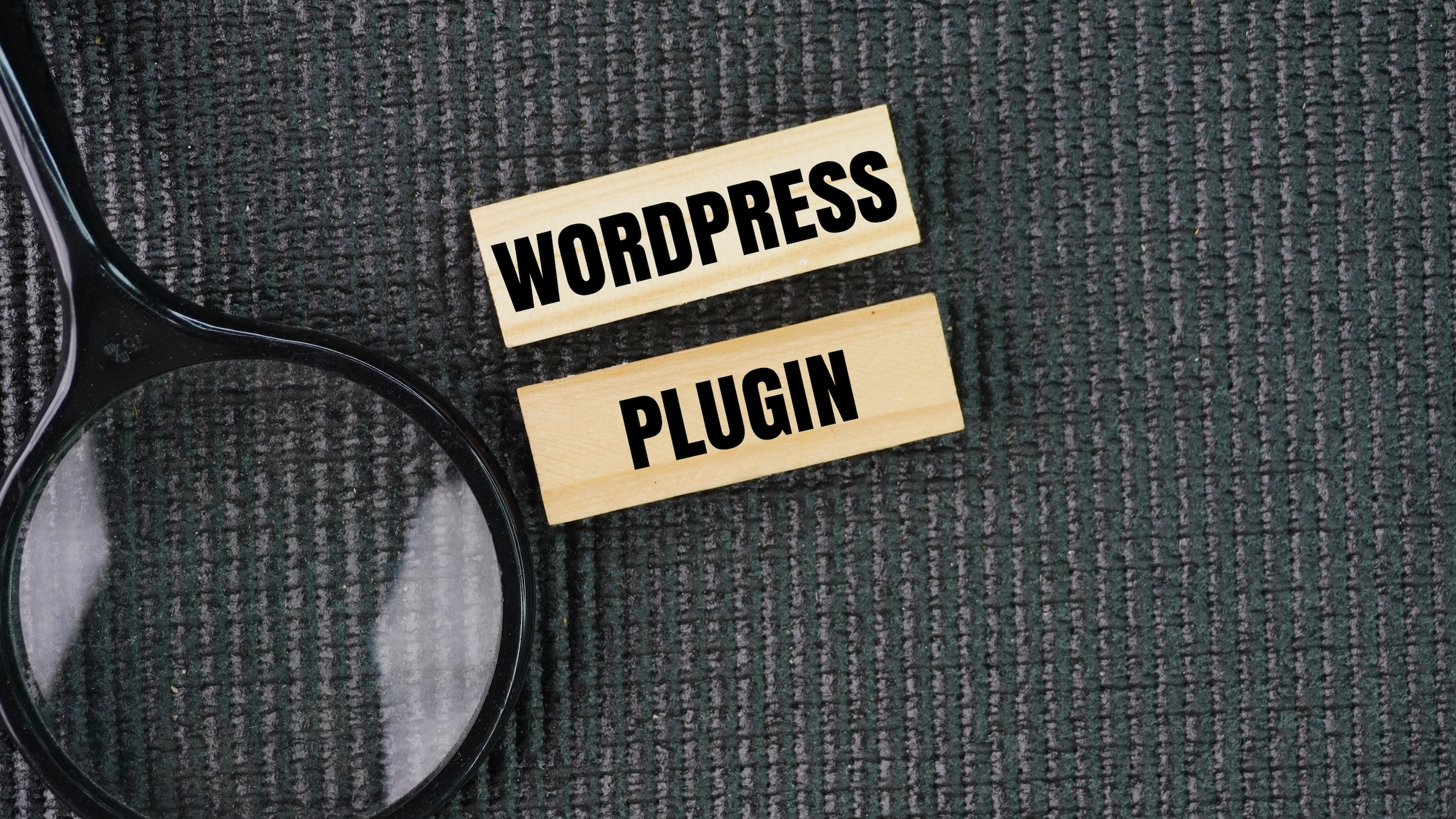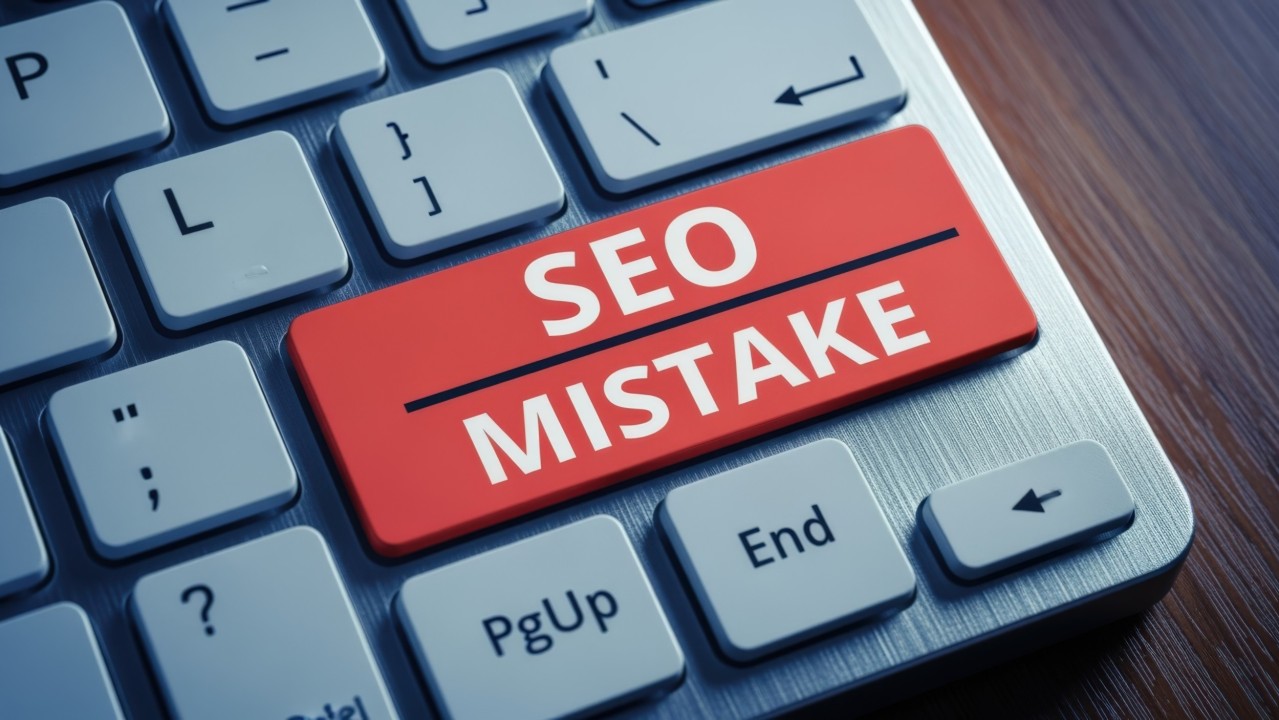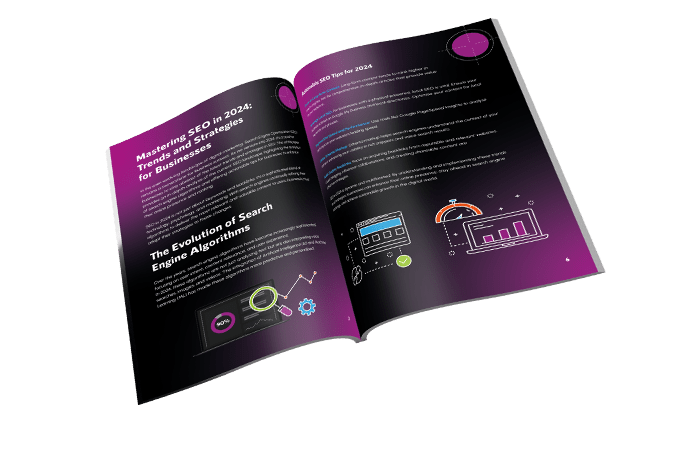News
What Are the Latest WordPress Trends?
WordPress continues to dominate the web development landscape as one of the most popular content management systems (CMS), powering over 40% of all websites globally (W3Techs, 2024). Known for its flexibility, ease of use, and vast ecosystem of plugins and themes, WordPress remains a go-to choice for businesses, bloggers, and developers alike. However, as with any technology, it’s crucial to stay updated on the latest trends to ensure that websites built on WordPress are not only functional but also modern, secure, and optimised for performance.
In this article, we will explore the latest WordPress trends that are shaping the way websites are designed, developed, and maintained. From advancements in website speed and security to the rise of artificial intelligence (AI) and the importance of user experience (UX), we will cover the key developments that are driving the future of WordPress. Additionally, we will look at emerging practices in web design, the role of e-commerce in WordPress, and the impact of mobile-first indexing.
1. Website Speed and Optimisation
In today’s fast-paced digital world, users expect websites to load quickly. Slow-loading websites can lead to higher bounce rates and negatively impact user experience (UX). As a result, optimising website speed has become a top priority for WordPress developers. In fact, research shows that 53% of mobile site visitors abandon a page if it takes longer than 3 seconds to load (Google, 2023).
To meet these expectations, WordPress developers are increasingly focusing on website speed optimisation techniques such as:
a. Caching Plugins
Caching is one of the most effective ways to speed up WordPress websites. When a visitor accesses a site, the server processes the request and loads the page content. However, caching allows frequently requested content to be stored temporarily, reducing the need to process the same data repeatedly. Plugins such as W3 Total Cache, WP Super Cache, and LiteSpeed Cache help achieve this by serving static versions of web pages, thus improving load times.
b. Image Optimisation
Images are often one of the heaviest elements of a webpage. Therefore, image optimisation plays a significant role in speeding up WordPress sites. Plugins like Smush and EWWW Image Optimizer automatically compress images without sacrificing quality, helping websites load faster and consume less bandwidth. Additionally, modern image formats such as WebP are gaining popularity as they offer superior compression rates compared to traditional formats like JPEG and PNG.
c. Content Delivery Networks (CDNs)
A Content Delivery Network (CDN) is another tool for improving website speed. CDNs distribute website content across multiple servers located in various geographical regions. When a user requests a page, the CDN serves the content from the server closest to them, reducing latency and improving load times. Popular CDN services for WordPress include Cloudflare, StackPath, and KeyCDN.
d. Mobile Optimisation
Mobile traffic has now surpassed desktop traffic, with mobile devices accounting for over 55% of global internet traffic (Statista, 2024). As a result, mobile optimisation has become a key trend for WordPress websites. Responsive design, which ensures that a website looks and functions well on devices of all sizes, is no longer optional. Theme developers are creating responsive WordPress themes that automatically adjust to different screen sizes, ensuring a seamless user experience across smartphones, tablets, and desktops.
2. The Rise of Artificial Intelligence (AI) in WordPress
Artificial Intelligence (AI) is increasingly making its way into the world of WordPress, providing both developers and users with powerful tools to enhance website functionality, automate processes, and improve user engagement. Some key ways AI is being integrated into WordPress websites include:
a. AI-Powered Content Creation
AI-driven tools for content creation, such as ChatGPT and Jasper, are becoming more prevalent in the WordPress ecosystem. These tools help website owners generate high-quality blog posts, product descriptions, and social media content quickly and efficiently. AI writing assistants can also help optimise content for SEO by suggesting relevant keywords, improving readability, and ensuring that content aligns with search intent.
b. Chatbots and Virtual Assistants
AI-powered chatbots and virtual assistants are transforming customer support on WordPress websites. Plugins like Tidio, LiveChat, and WP-Chatbot allow website owners to integrate AI chatbots into their sites. These chatbots can handle customer queries, provide instant responses, and even assist with product recommendations in real-time, all of which enhance user experience and reduce the need for manual intervention.
c. Personalisation and Recommendation Engines
Personalisation is another area where AI is making an impact on WordPress websites. AI-driven recommendation engines, such as those offered by YITH WooCommerce Product Recommendations, enable e-commerce sites to offer personalised product suggestions based on user behaviour. This level of personalisation increases the likelihood of conversions, as customers are presented with products they are more likely to purchase.
3. WordPress Security Trends
With the increasing number of cyberattacks targeting websites, website security has become a top priority for WordPress website owners. Recent statistics indicate that WordPress powers over 40% of the web, making it an attractive target for hackers (W3Techs, 2024). As a result, WordPress developers are adopting advanced security measures to protect websites from potential threats.
a. Two-Factor Authentication (2FA)
Two-factor authentication (2FA) is becoming a standard security feature for WordPress websites. By requiring users to verify their identity through a second form of authentication, such as a text message or authentication app, 2FA significantly reduces the risk of unauthorised access to WordPress dashboards. Plugins like Google Authenticator and Wordfence Security offer 2FA integration for WordPress websites.
b. SSL Certificates and HTTPS
Secure Sockets Layer (SSL) certificates, which enable HTTPS encryption, have become a must-have for WordPress websites. Google has stated that HTTPS is a ranking factor, and websites without SSL certificates are often flagged as insecure by modern web browsers, potentially leading to a drop in traffic. As more and more browsers push for HTTPS, WordPress website owners are ensuring that their sites are secure by using SSL certificates.
c. Automated Security Scans
WordPress security plugins like Wordfence Security and Sucuri Security offer automated security scans that check for vulnerabilities and potential malware. These tools alert website owners to any suspicious activity and help prevent security breaches before they occur. Regular security audits and scans are essential for maintaining the integrity of a WordPress website.
d. Managed WordPress Hosting
Managed WordPress hosting providers such as Kinsta, WP Engine, and SiteGround are gaining popularity as they offer enhanced security features, including automatic updates, regular backups, and built-in firewalls. These hosting providers take the burden of security off the website owner, ensuring that WordPress sites are protected from the latest threats.
4. E-commerce Growth and WordPress
The e-commerce industry has seen massive growth over the past few years, and WordPress has kept up by offering a robust platform for building online stores. Powered by WooCommerce, WordPress continues to be a leading choice for e-commerce businesses looking to create flexible, scalable online stores.
a. Enhanced Payment Gateways
As online shopping continues to grow, offering a variety of payment options has become essential. WordPress developers are integrating enhanced payment gateways, such as PayPal, Stripe, and Apple Pay, into e-commerce websites. Additionally, WooCommerce extensions allow for the integration of cryptocurrencies like Bitcoin, catering to a broader range of customers.
b. Subscription-Based Models
Subscription-based models are gaining traction in the e-commerce space, and WordPress is adapting to this trend. Plugins like WooCommerce Subscriptions allow business owners to set up recurring billing and offer subscription boxes or membership services. Subscription models offer predictable revenue streams and foster long-term customer relationships.
c. Mobile-First E-Commerce
With mobile commerce (m-commerce) continuing to rise, WordPress is increasingly focusing on mobile-first e-commerce designs. WooCommerce themes are being optimised for mobile devices, providing a seamless shopping experience across smartphones and tablets. This trend is driven by the fact that nearly 80% of UK internet users have made a purchase online using a mobile device (Statista, 2024).
5. The Growth of Voice Search
Voice search is rapidly growing as users increasingly rely on virtual assistants like Siri, Alexa, and Google Assistant to search the web. In fact, 55% of UK households are expected to own a smart speaker by 2024 (Statista, 2024). This rise in voice search is influencing how WordPress websites are being optimised for SEO.
a. Conversational Keywords
To optimise for voice search, WordPress website owners need to focus on conversational keywords. Voice searches tend to be more natural and longer than typed queries. For example, instead of searching for “best pizza in London,” a voice search query might be “What is the best pizza in London?” WordPress websites need to incorporate natural language into their content to rank for these types of queries.
b. Featured Snippets
Featured snippets, or “position zero” results, are becoming even more important with the rise of voice search. These snippets appear at the top of search results and are read aloud by virtual assistants. Websites that aim to optimise for voice search should focus on creating content that answers specific questions concisely and directly, increasing the likelihood of being selected as a featured snippet.
6. User Experience (UX) and Accessibility
User experience (UX) has always been a critical element of web design, but with the increasing competition online, it has become even more important. WordPress websites are placing more emphasis on creating intuitive, engaging, and accessible experiences for users.
a. Dark Mode
Dark mode has gained significant popularity in recent years, and many WordPress theme developers are now offering dark mode as an option. This trend allows users to switch to a darker interface, reducing eye strain, particularly in low-light environments. Plugins like WP Dark Mode make it easy for users to implement this feature on their websites.
b. Accessibility
Web accessibility is another key focus for WordPress websites, with developers working to ensure that sites are usable by people with disabilities. Plugins like WP Accessibility help website owners improve accessibility by adding features like keyboard navigation, screen reader compatibility, and colour contrast adjustments.
Conclusion
WordPress continues to evolve, adapting to the latest trends and technologies to meet the needs of website owners and users. From speed optimisation and mobile-first design to AI-powered content creation and enhanced security features, WordPress is at the forefront of web development. As e-commerce, voice search, and UX design continue to grow in importance, staying up to date with the latest WordPress trends is essential for anyone looking to create a modern, successful website.
Whether you’re a developer, business owner, or blogger, understanding and implementing these trends will help you stay competitive in the ever-changing digital landscape. As WordPress continues to innovate and improve, so too will the opportunities for building better, faster, and more secure websites.
















The Ultimate Social Media Guide
With the ever-growing power of social media, we use the latest techniques, video, and animation software to craft eye-catching social media assets that make your brand pop. Our designers, wielding Adobe Creative tools, create distinctive animations and graphics to illuminate your brand story and highlight your products or services. Want a unique design? No problem – we also offer bespoke designs to match your brand aesthetic.